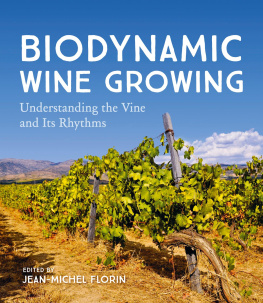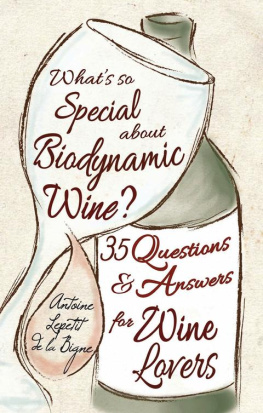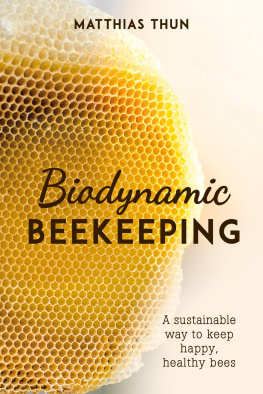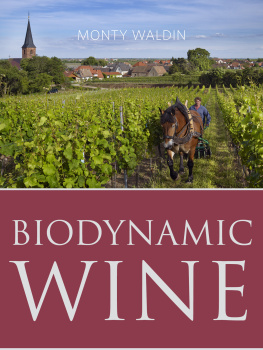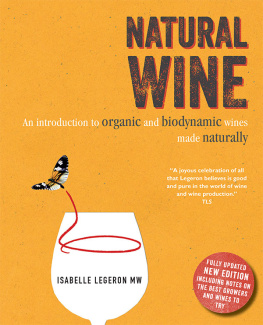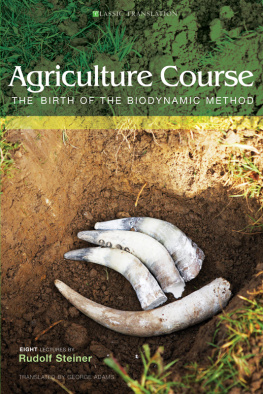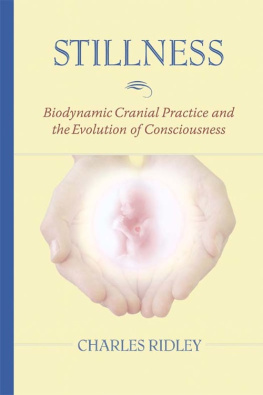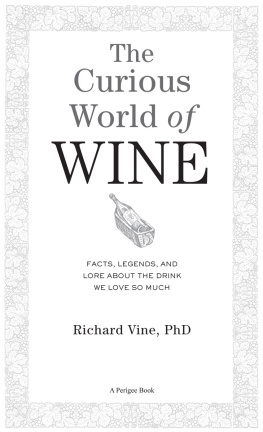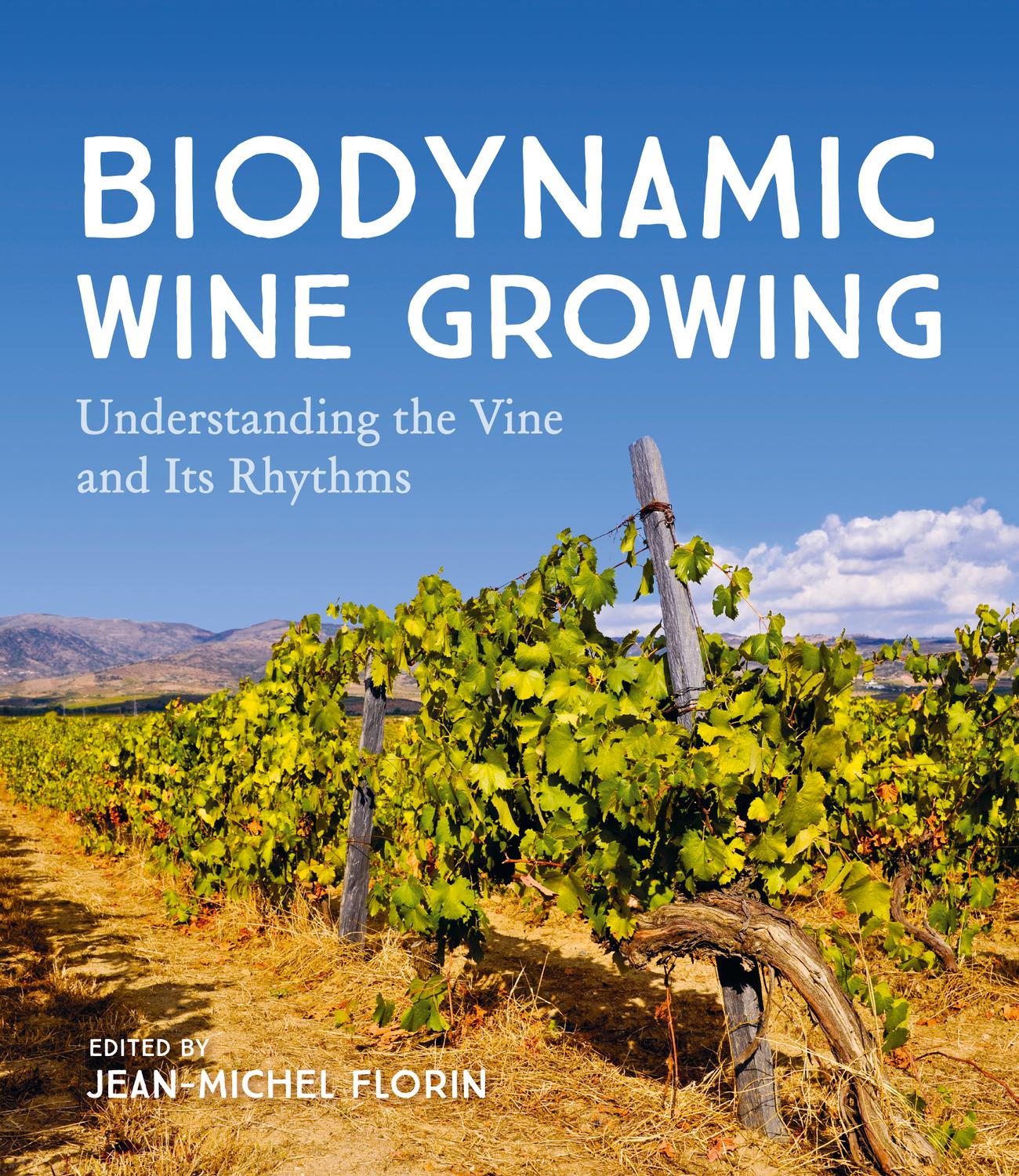Jean-Michel Florin - Biodynamic Wine Growing: Understanding the Vine and Its Rhythms
Here you can read online Jean-Michel Florin - Biodynamic Wine Growing: Understanding the Vine and Its Rhythms full text of the book (entire story) in english for free. Download pdf and epub, get meaning, cover and reviews about this ebook. year: 2021, publisher: Floris Books, genre: Children. Description of the work, (preface) as well as reviews are available. Best literature library LitArk.com created for fans of good reading and offers a wide selection of genres:
Romance novel
Science fiction
Adventure
Detective
Science
History
Home and family
Prose
Art
Politics
Computer
Non-fiction
Religion
Business
Children
Humor
Choose a favorite category and find really read worthwhile books. Enjoy immersion in the world of imagination, feel the emotions of the characters or learn something new for yourself, make an fascinating discovery.
- Book:Biodynamic Wine Growing: Understanding the Vine and Its Rhythms
- Author:
- Publisher:Floris Books
- Genre:
- Year:2021
- Rating:5 / 5
- Favourites:Add to favourites
- Your mark:
Biodynamic Wine Growing: Understanding the Vine and Its Rhythms: summary, description and annotation
We offer to read an annotation, description, summary or preface (depends on what the author of the book "Biodynamic Wine Growing: Understanding the Vine and Its Rhythms" wrote himself). If you haven't found the necessary information about the book — write in the comments, we will try to find it.
Many wine growers have converted to biodynamic viniculture, often to combat the overuse of chemicals and help vulnerable vines. The quality of biodynamic wine is increasingly recognised around the world.
In this fascinating book, Jean-Michel Florin, coordinator of the French biodynamic movement, offers practical advice for both biodynamic wine growers and anyone considering converting to biodynamic methods. Beautifully illustrated with color photographs throughout, this unique resource explores the nature of the vine, reveals the conditions required for healthy vine cultivation and looks to the future of vine research.
It includes:
Drawing on contributions from worldwide biodynamic viniculture experts, this presents a positive global vision for the future of vine cultivation.
Jean-Michel Florin: author's other books
Who wrote Biodynamic Wine Growing: Understanding the Vine and Its Rhythms? Find out the surname, the name of the author of the book and a list of all author's works by series.

